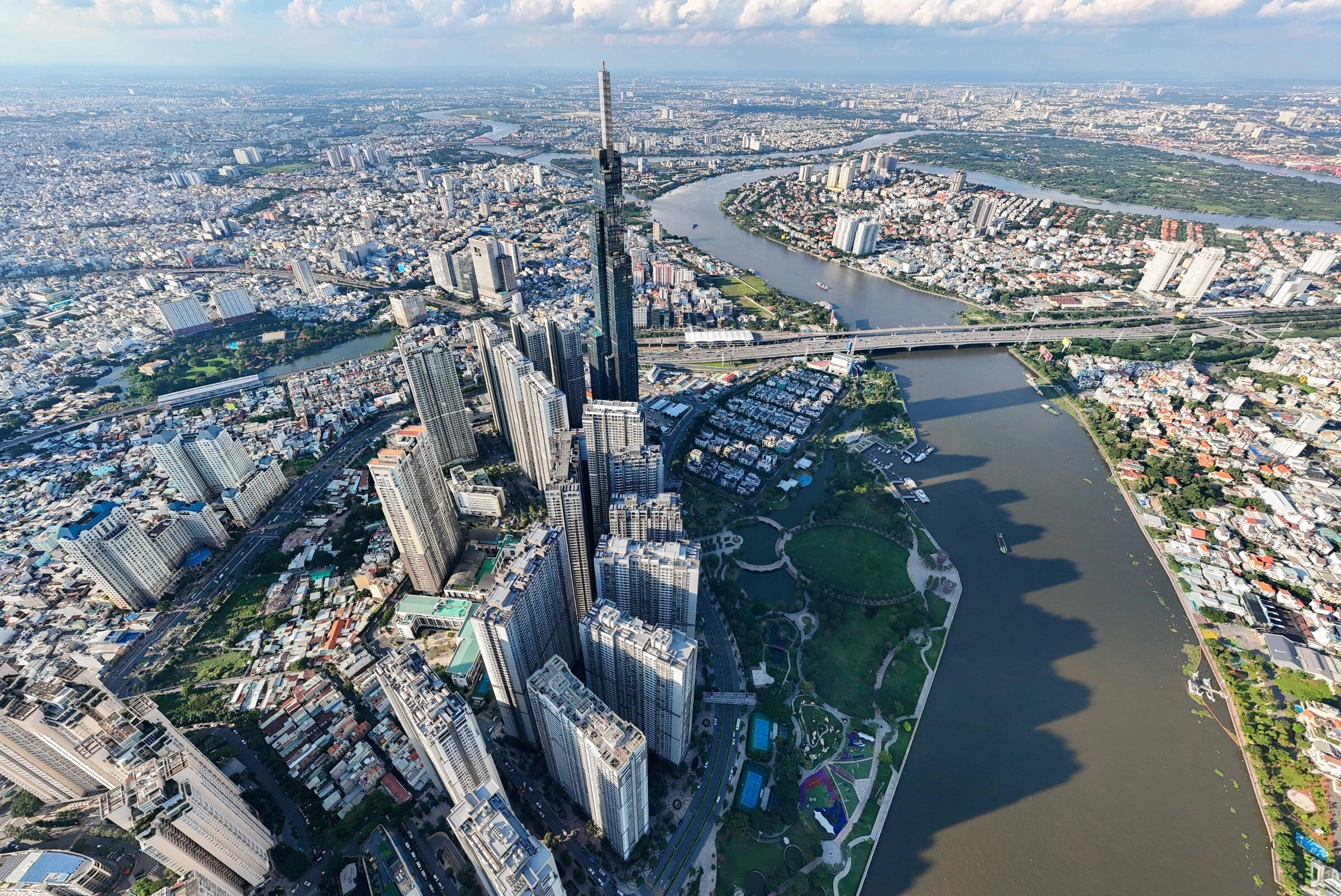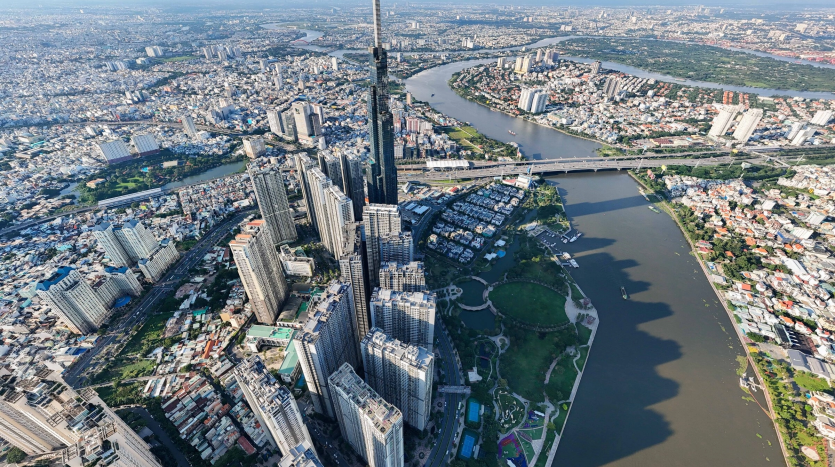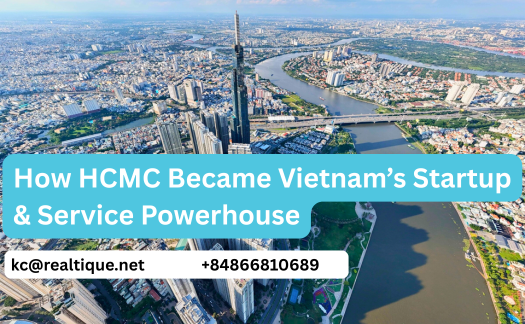How HCMC Became Vietnam’s Startup & Service Powerhouse
Ho Chi Minh City’s journey from post-reform industrial base to tech startup hub and service-led economy is reshaping Vietnam’s future growth trajectory.

Table of Contents
How Ho Chi Minh City Transformed into Vietnam’s Startup Capital and Service Economy Leader
In 2007, during a market research trip to the Philippines, Nguyễn Bá Diệp and three software engineer friends noticed something transformative: locals were paying for everything with their phones. Inspired, the group envisioned a similar solution for Vietnam’s working class—something that would allow for quick, secure, mobile transactions.
After returning to Ho Chi Minh City, they spent six months visiting industrial zones and worker housing complexes to understand what people needed. At the time, most workers still relied on cash sent through bus drivers or postal services to send money home. It was time-consuming and risky. The team saw that low-income earners often made small, frequent transactions—and no financial tool served that need.
In 2014, their idea became reality: MoMo, a mobile wallet designed to make sending money faster, cheaper, and easier.
Startup Success in a Post-Reform Economy
MoMo represents a wave of private businesses that emerged in Ho Chi Minh City after Vietnam’s Đổi Mới reforms. Over the past two decades, these companies have taken the lead in driving the city’s—and the country’s—economic growth. They’ve gradually replaced the dominance of state-owned enterprises with a vibrant, tech-savvy private sector.
Today, Ho Chi Minh City is a startup hub, accounting for 30% of all private enterprises in Vietnam. The city is home to 3 out of the country’s 4 unicorns: MoMo, VNG, and Sky Mavis.
One key reason for this success? A fertile startup ecosystem. In 2010, the city launched the Business Startup Support Center (BSSC)—Vietnam’s first center offering funding to young entrepreneurs. Since then, BSSC has backed over 17,000 small and medium-sized enterprises.
“If starting a business is like cooking, then HCMC has all the ingredients,” says Nguyen Thi Dieu Hang, CEO of BSSC.
The Ingredients of a Thriving Startup Ecosystem
Unlike other cities in Vietnam, Ho Chi Minh City offers a dynamic market open to new ideas. It attracts financial capital from angel investors, banks, and global corporations. It’s also among the first localities to roll out pro-startup policies, supporting both domestic founders and foreign investors.
These conditions were key to MoMo’s success. In 2014, mobile phone and internet usage rates in HCMC were among the highest in the country. The city also hosts nearly half of Vietnam’s startups and 40% of its incubators and innovation hubs. Access to capital and global networks gave founders a head start in scaling their ventures.
From just four employees, MoMo has grown into a digital giant serving over 30 million users. Its ecosystem now spans payments, savings, insurance, shopping, and charitable donations.
“MoMo grew thanks to HCMC’s open economy and evolving policies,” Diep says.
From Books to Billion-Dollar Platforms
HCMC’s startup wave didn’t stop with MoMo. In 2010, Tiki launched as a simple online bookstore. Today, it’s a leading e-commerce platform. In 2012, Foody introduced Vietnam’s first food discovery and delivery service. It was later acquired for $64 million by Sea Group, the parent company of Shopee.
Meanwhile, VNG—founded in 2004—began as a game developer but soon expanded into digital content and entertainment. In 2012, it launched Zalo, which quickly reached 10 million users and outpaced foreign competitors. By 2014, VNG became Vietnam’s first tech unicorn.
According to Diep, these startups thrived thanks to HCMC’s digital infrastructure, youthful population, and readiness to adopt new technologies. Their rise shifted the city’s economic engine from industry to services.
Foreign Investment and Real Estate Boom
As services grew, so did foreign interest. According to JETRO, Japanese investment in HCMC has shifted from manufacturing to consumer and service sectors since 2010. Brands like Aeon, Uniqlo, Muji, and Nitori now operate flagship stores in the city.
Real estate followed a similar pattern. Although not a targeted sector, it became the second-largest GRDP contributor from 2011–2020. During 2015–2018 alone, property development attracted one-third of all FDI into the city—mostly from Singapore, Japan, and South Korea.
“In 2001, multinational firms had to rent villas. Now, high-rises are everywhere,” says Neil MacGregor, Managing Director of Savills Vietnam.
In 2010, only one building in HCMC topped 150 meters. By 2020, there were 21. Of Vietnam’s tallest 100 buildings, 59 are in HCMC. Urban transformation has been rapid and sweeping.
Thinking about investing in Vietnam’s real estate market?
📩 Let Realtique guide you with expert insights, trusted advice, and tailored property options for overseas investors.







